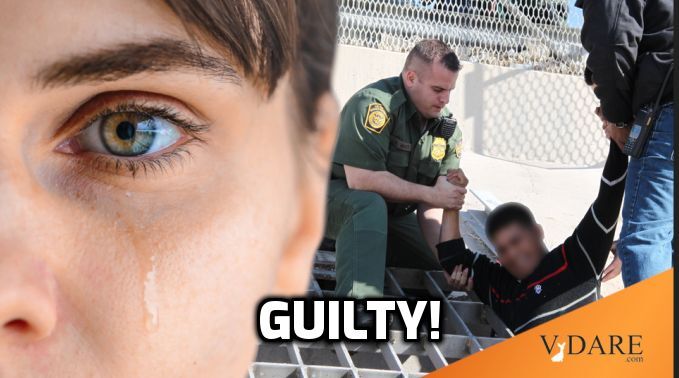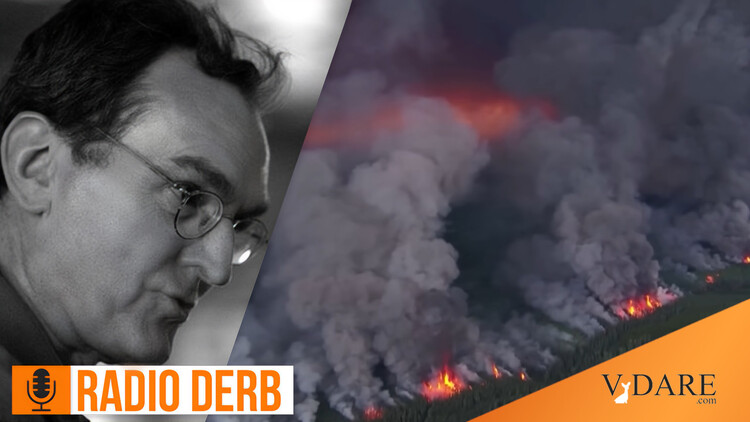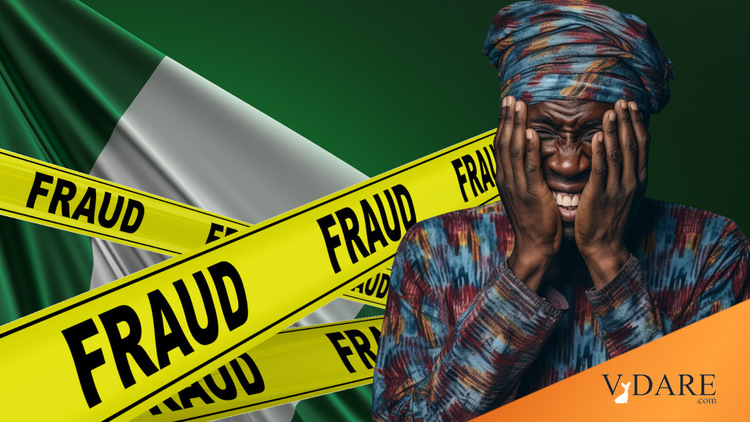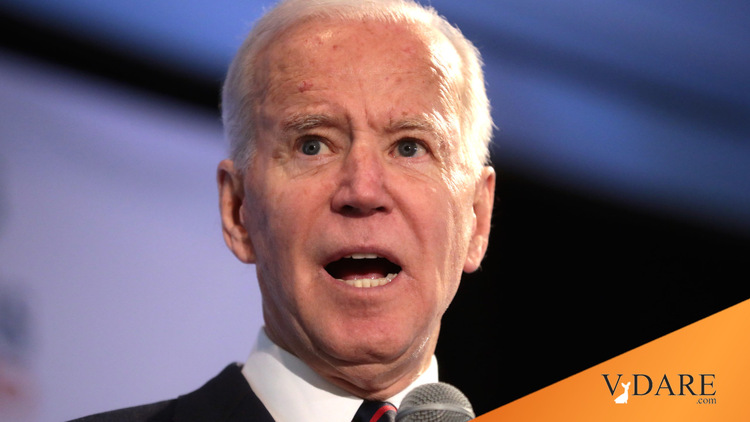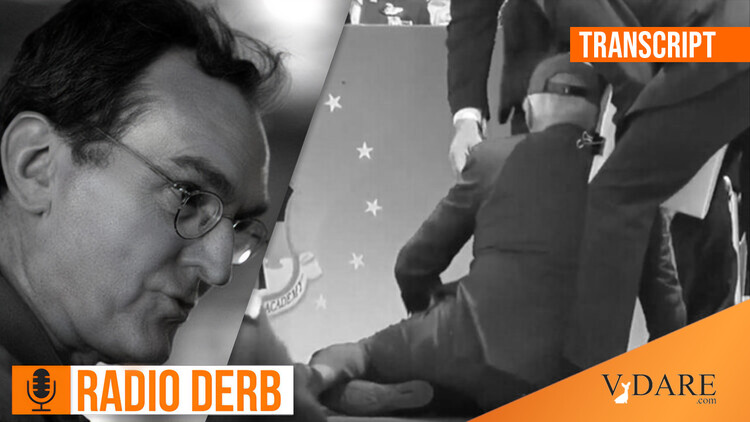The New York Times considers the relevant question:
Have the Dallas Police Improved? Depends on Whom You AskBy JOHN ELIGON and NIKOLE HANNAH-JONES JULY 12, 2016
… In the wake of last week’s sniper shooting that left five Dallas police officers dead, many people have lamented that it happened in this city, with a black police chief who even critics say has made inroads with the community and worked to steer his force away from its history of racism and abuse. Since Chief David O. Brown took over the department in 2010, excessive-force complaints have dropped 64 percent, and he has started de-escalation training and a successful community policing program.
But for all the progress that the Dallas police have made, this remains one of the most segregated big cities in the country, with yawning racial gaps in housing, schools and employment. Decades of discriminatory federal, state and local policies have concentrated the city’s black population in deeply poor and underdeveloped neighborhoods south of Interstate 30, which serves as a line of demarcation between opportunity and neglect. While downtown Dallas is flush with glassy skyscrapers and high-priced restaurants, large tracts of the city’s southern sector are empty and ragged.
“People look at the Black Lives Matter movement as people protesting against police brutality,” said Terry Flowers, the executive director and headmaster of St. Philip’s School and Community Center in South Dallas. “I think it is much larger than that. People are protesting against a social engineering of inequity. In the broader community here, there is tension. You get pulled over by a police officer, there is automatic tension.”
So while the Dallas Police Department has gained national acclaim, the extent to which these reforms have changed how black residents view the police, and the extent to which they have altered the way the city’s most marginalized residents interact with the police, depend largely on whom you ask.


